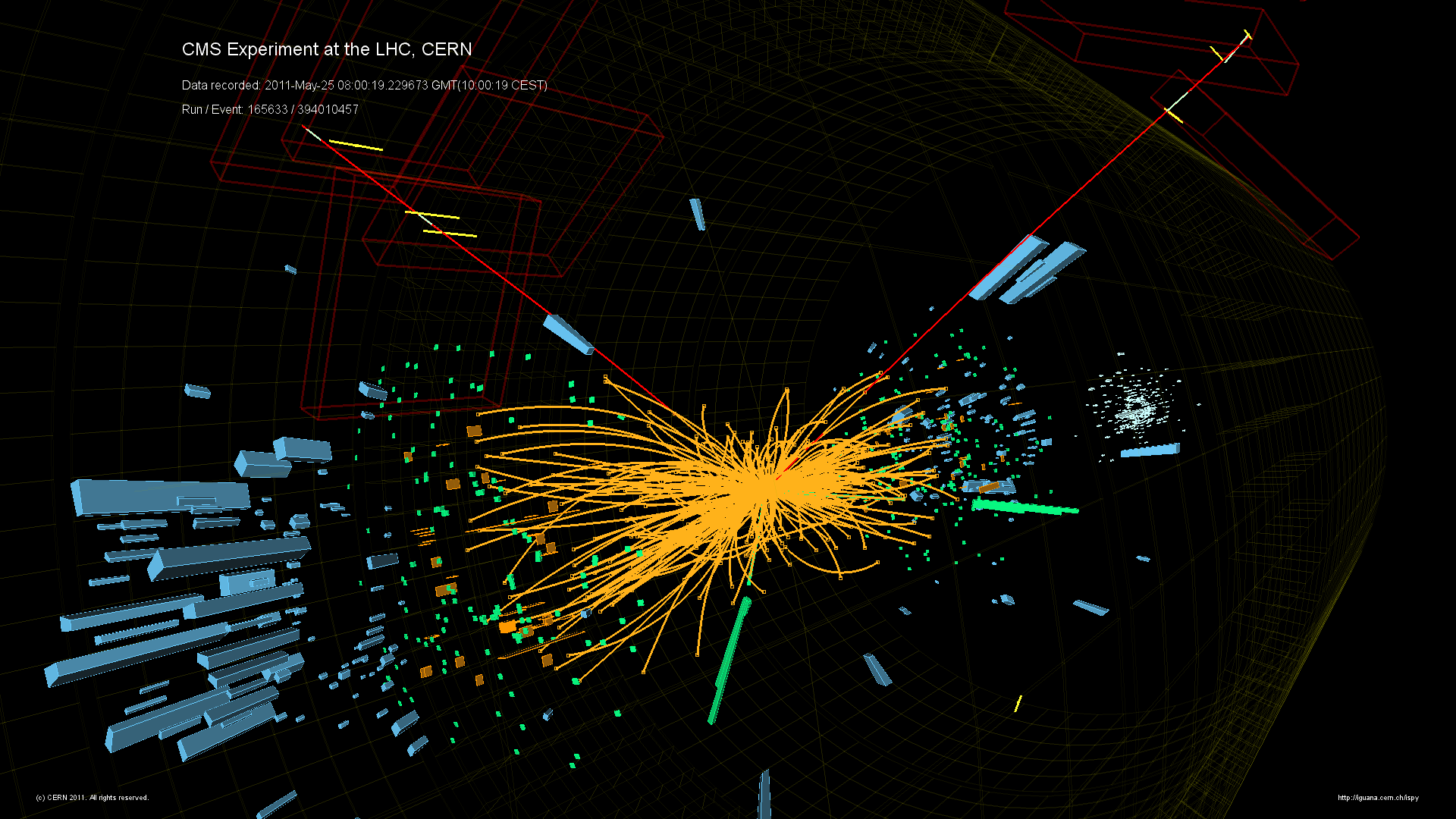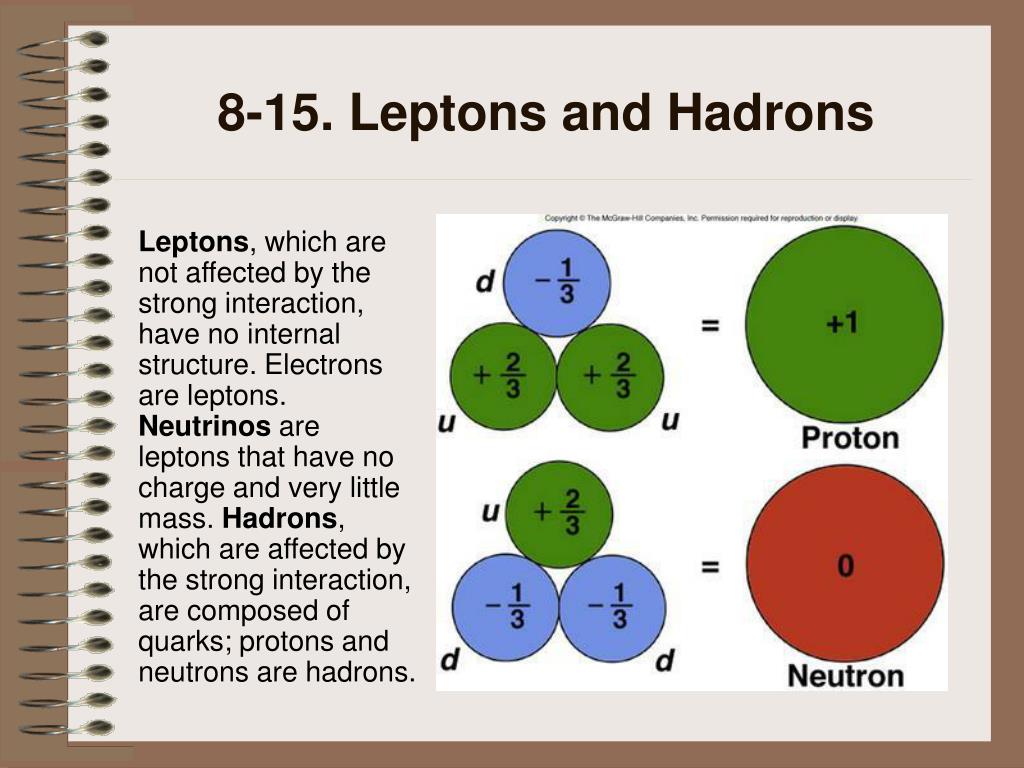

Pions play a chief aspect in possessing atomic nuclei by making use of the residual strong force. Instances of mesons that are the by-products of particle physics experiments include kaons and pions. They are bosons that must possess some integral spin, i.e., o, 1, or -1 as the number of quarks would be even.

Mesons are hadrons which comprise of a quark-antiquark pair. The best-known baryons are Proton and neutron. As quarks possess baryon number B = 1/3, the baryon number B = 1. Therefore, they are fermions, that is to say, they have odd half-integer spin because they comprise an odd number of quarks. The baryons are created with three valence quarks. Whereas, other hadrons get unstable under ordinary conditions.Ĥ)Thus, we study hadron physic by colliding protons of heavy elements like that of lead and classifying the debris in the produced particle. Further, only a very small part of the mass of a hadron is due to the quarks in it, which is a strange thing about hadrons.ģ)Similarly, protons are stable, and neutrons bound within the atomic nuclei are stable of the hadrons. Moreover, the hadrons exhibit the following properties:Ģ)They carry no net colour charge even though the quarks carry a colour charge. These classify into three types which are the electron, muon, and tau.Įxamples: Kaon, Proton, Neutron, Antiproton, and Antineutron.ġ)The valence quarks determine the properties of hadrons. These classify into two types which are baryons and mesons. These particles subject to weak nuclear forces. These particles subject to strong nuclear forces. We will go through the difference between a hadron and lepton through this table: HardonĪs per the classification of particles, we consider them to be the heaviest particles.Īs per the classification of particles, we consider them to be the lightest particles. Mesons: It is composed of 1 quark and 1 anti-quark.Baryons: It is composed of three coloured quarks.Hadrons divide into two categories depending on the quarks. Therefore, we refer to Hadrons under the first arrangement as baryons and those under the second arrangement as mesons. These combine in such a manner that hadrons carry a net integer electric charge. The simple two ways are three quarks of different colours or a quark of one colour in addition to an antiquark which has a corresponding anticolour. Moreover, every individual quark possesses functional electric charges. It is made up of two or more quarks which the electromagnetic force holds together strongly. Further, they are the heaviest particles. We define Hadron as the subatomic particle composed of quarks, gluons and anti-quarks.


 0 kommentar(er)
0 kommentar(er)
